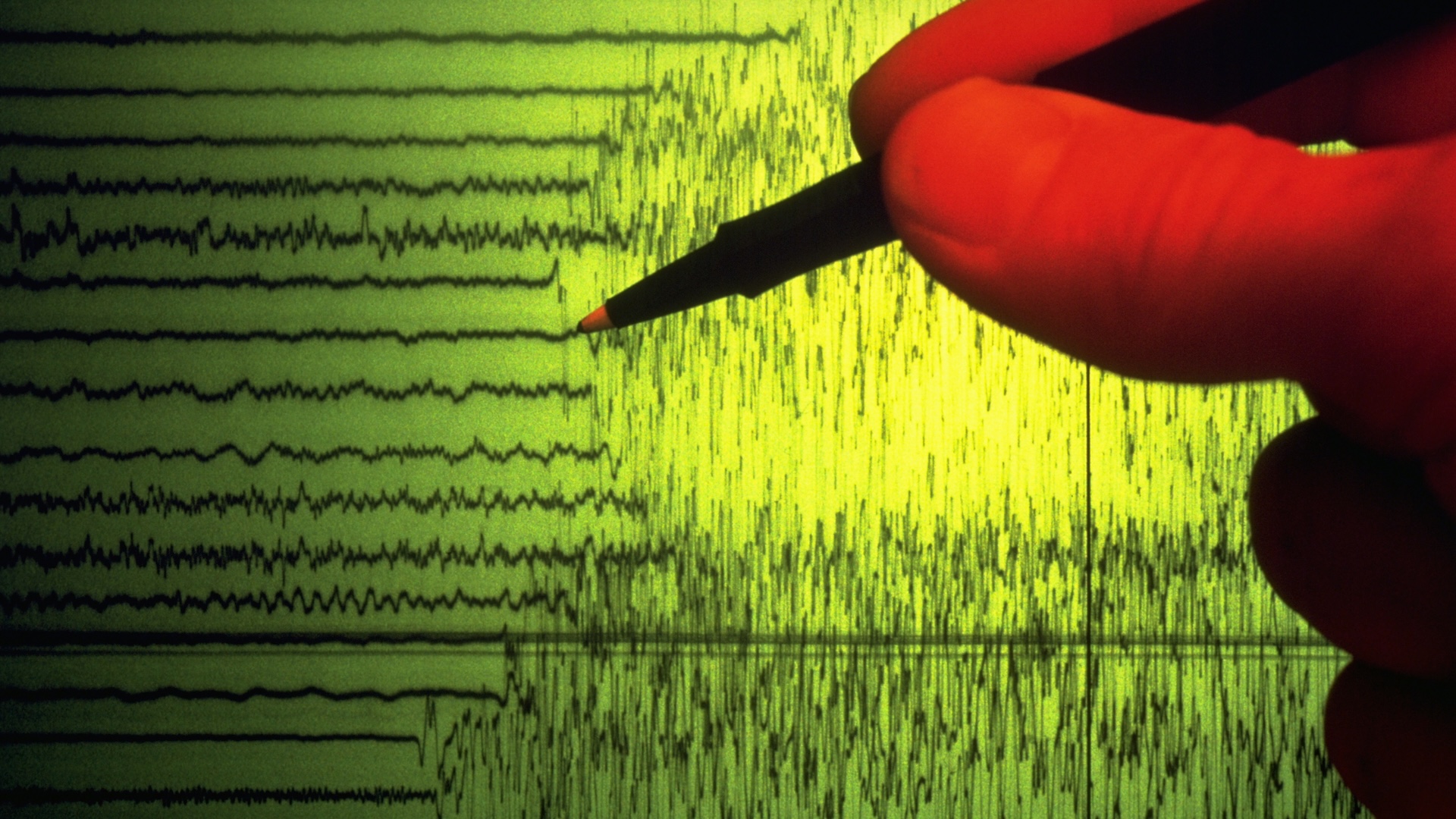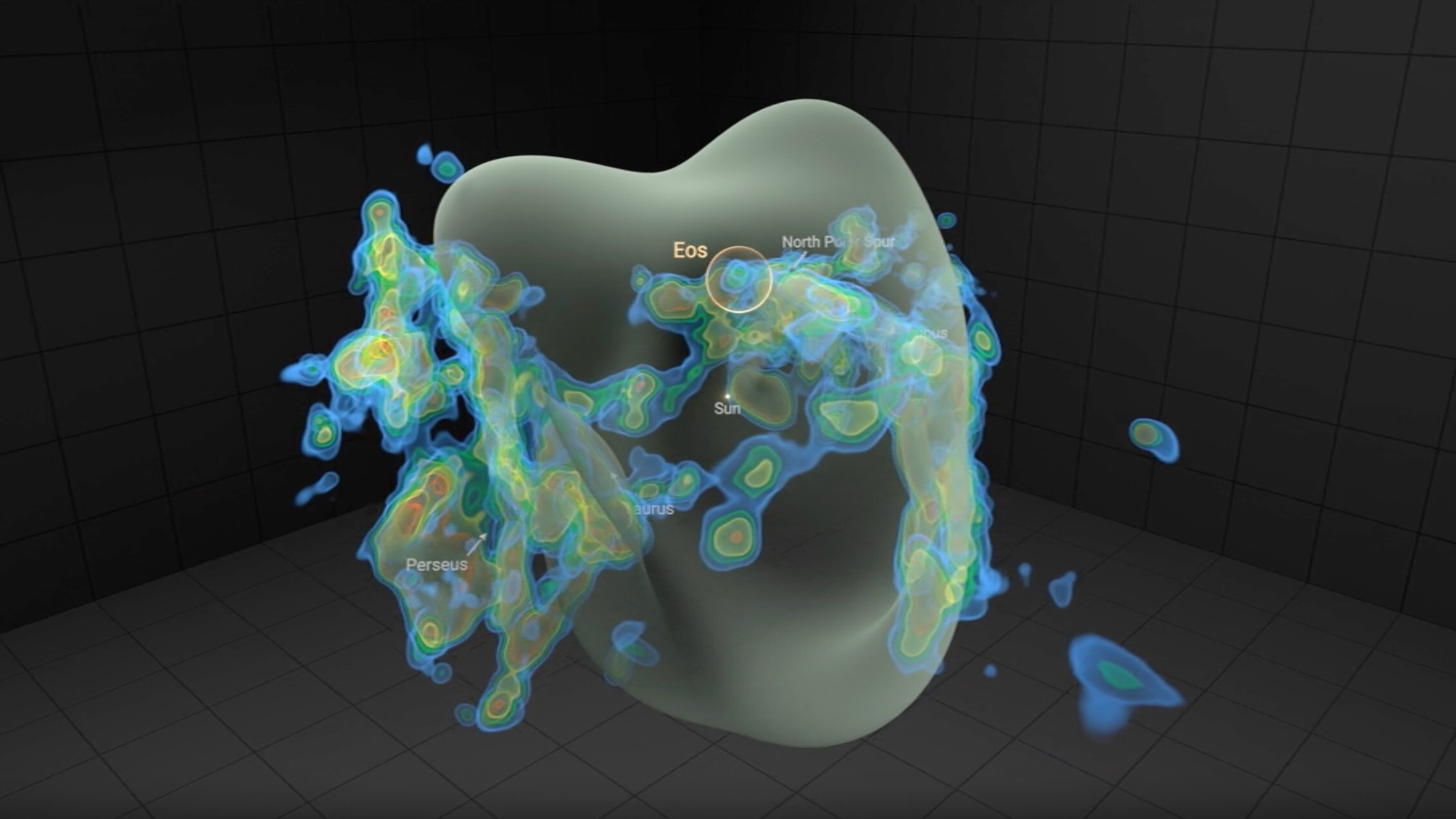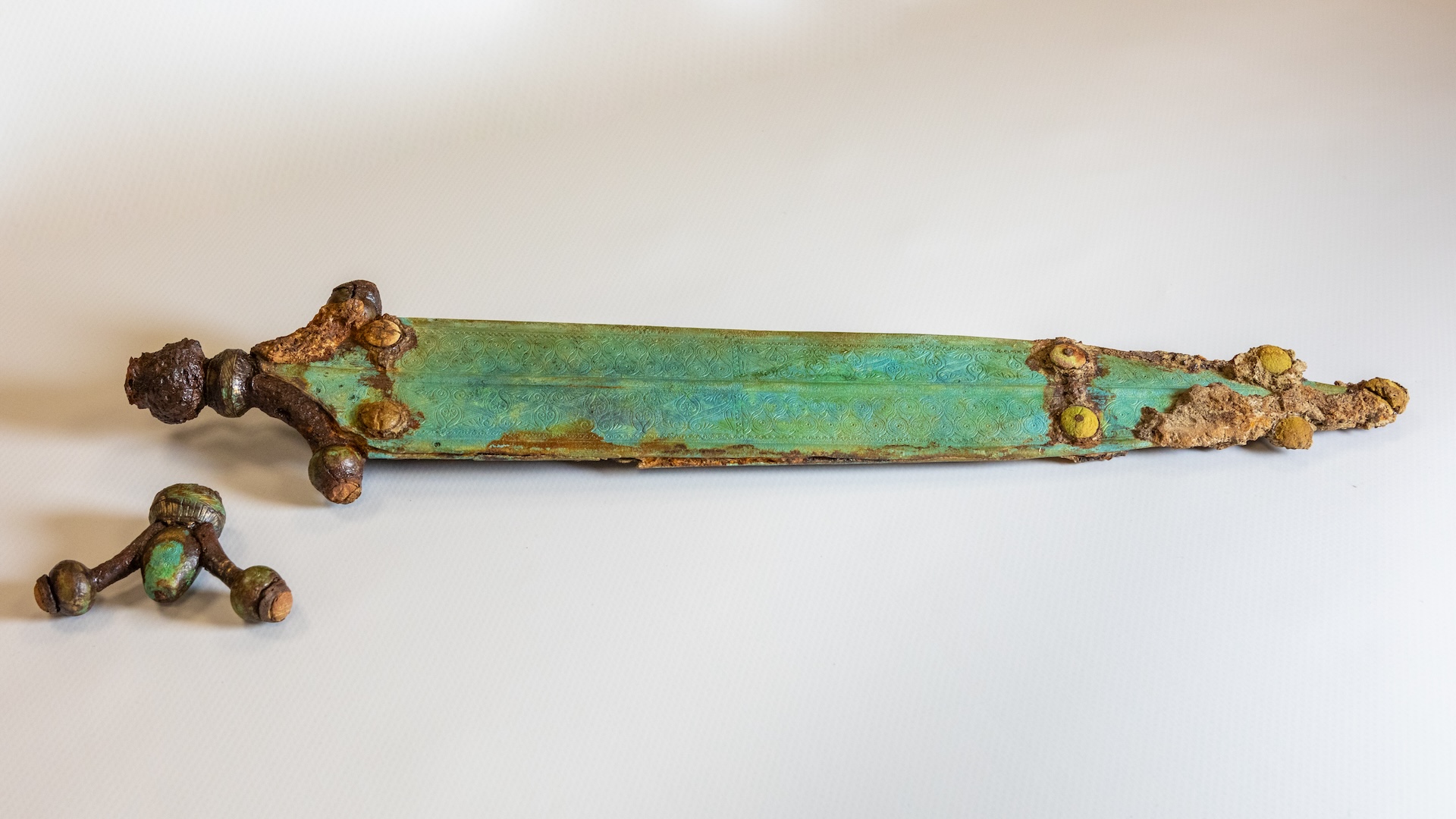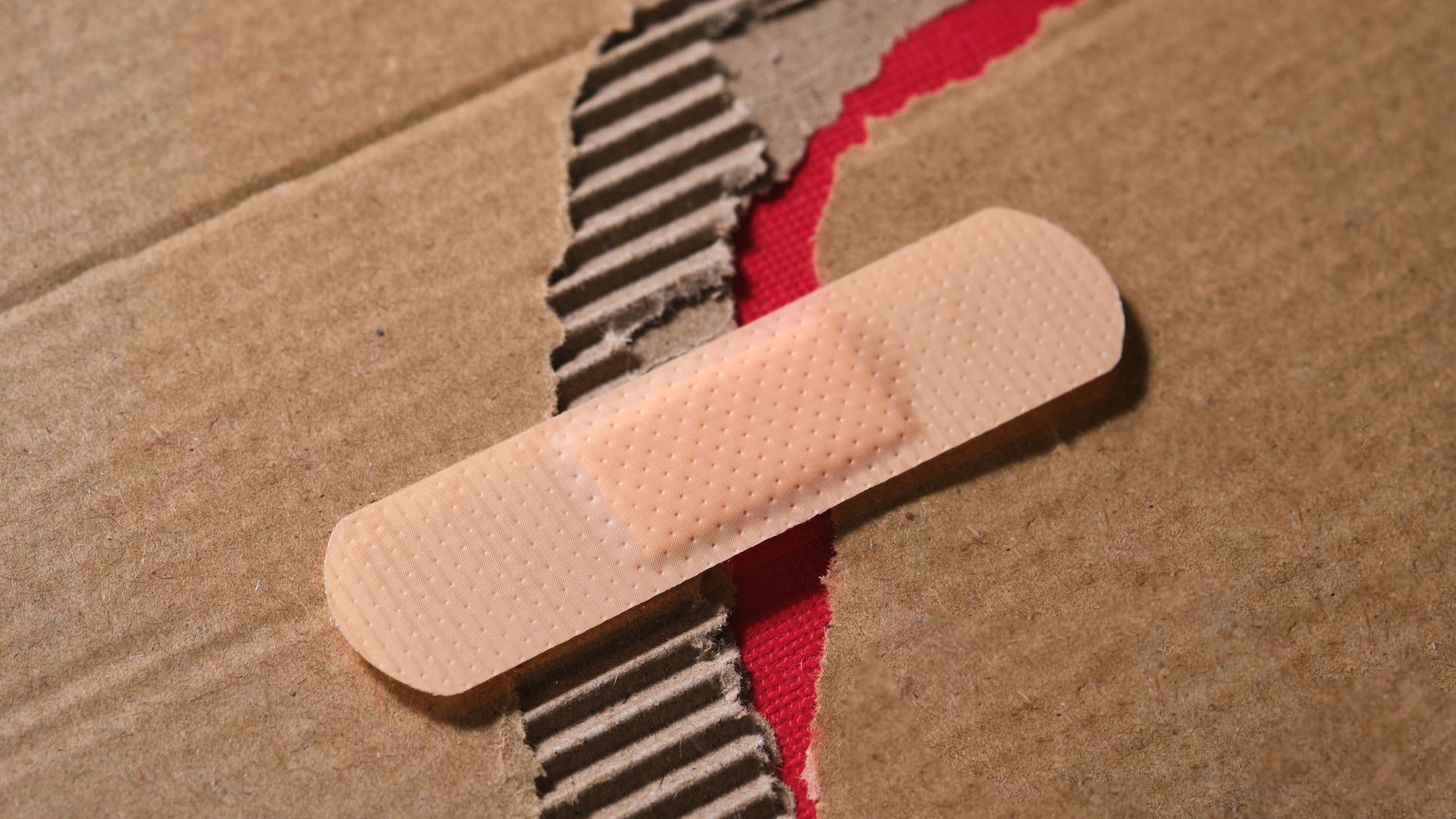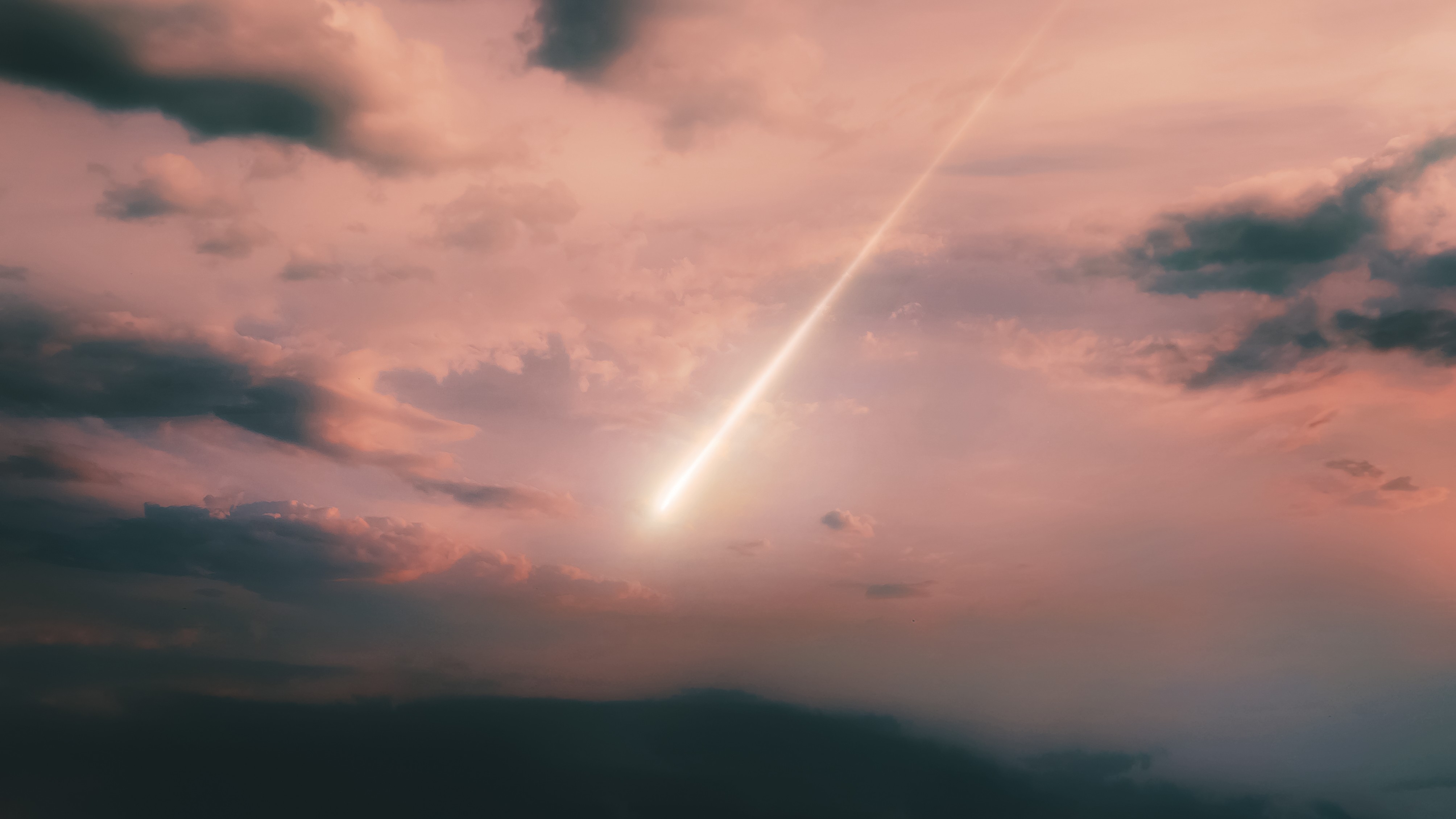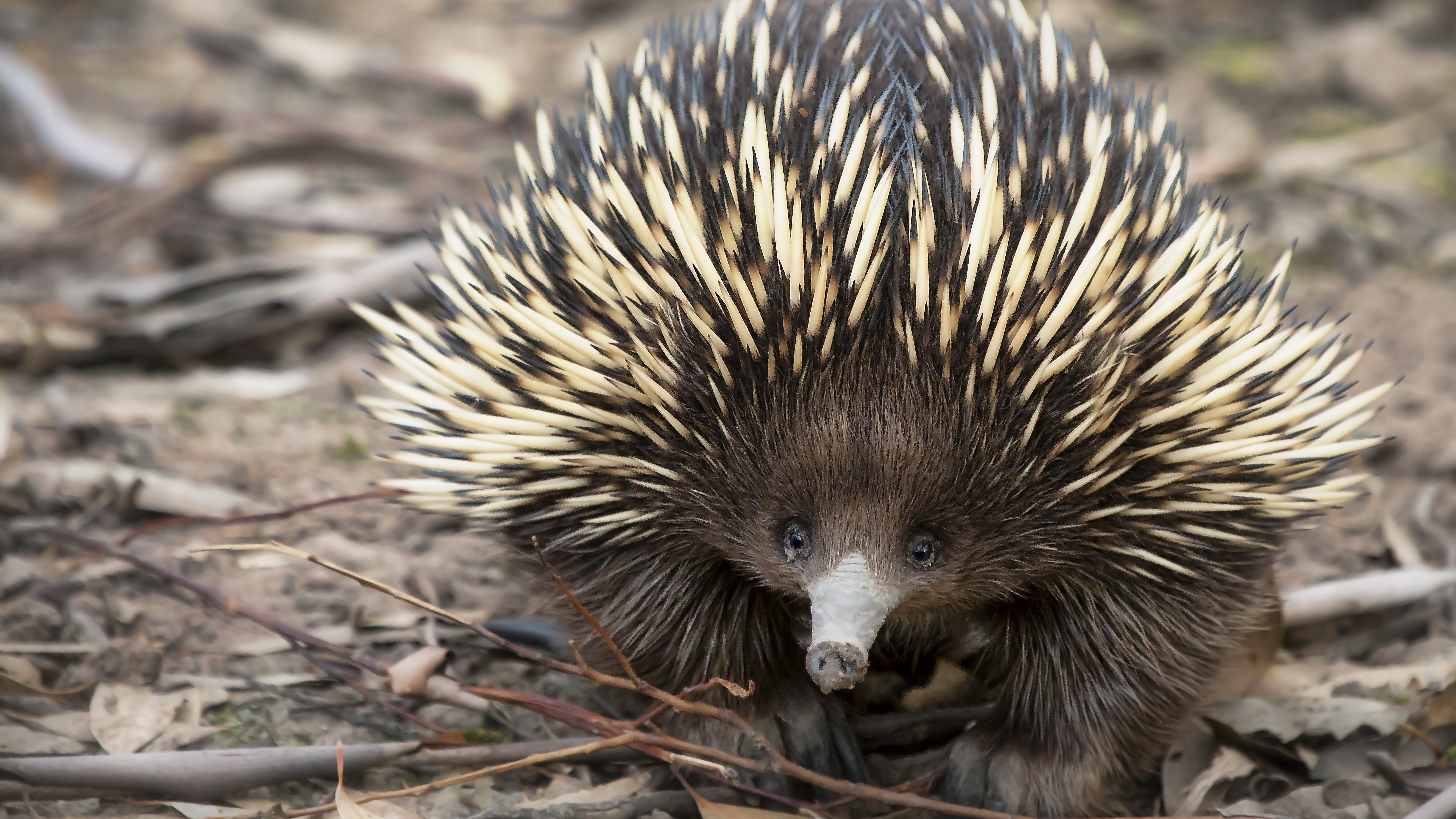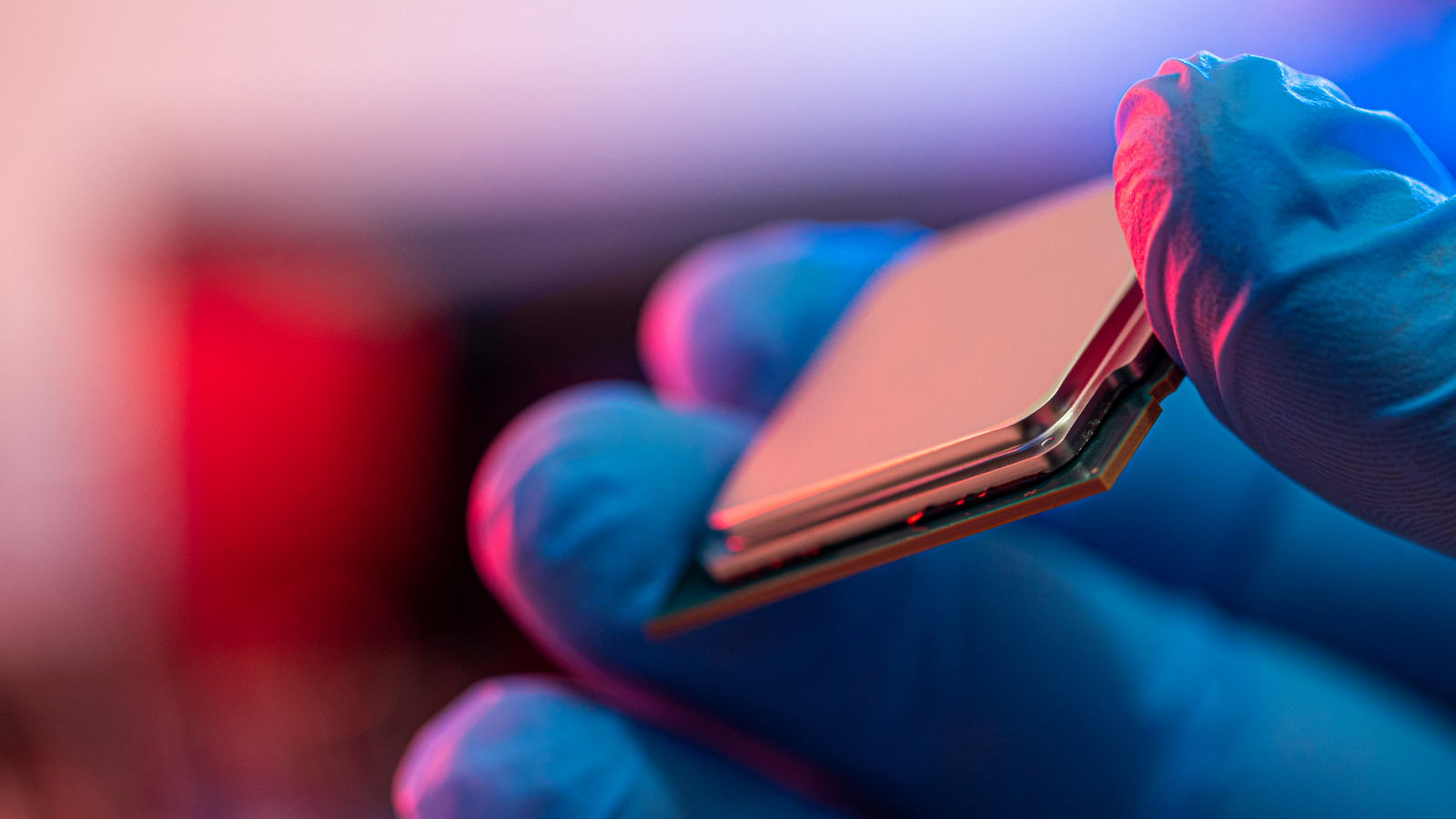Wow! Wild Volcanoes in Pictures
Fireworks at Stromboli Volcano

The Stromboli Volcano off the coast of Sicily erupts with incandescent molten lava fragments. Strombolian eruptions are characterized by the intermittent explosion or fountaining of basaltic lava from a single vent or crater. The lava fragments generally consist of partially molten volcanic bombs that become rounded as they fly through the air.
Mount St. Helens Blows its Top
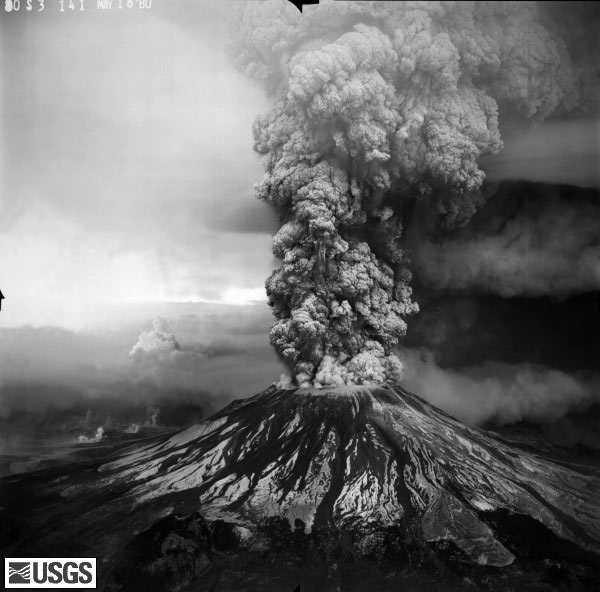
The eruption of Mount St. Helens on May 18, 1980 sent volcanic ash, steam, water, and debris to a height of 60,000 feet (18,288 meters), while the mountain lost 1,300 feet (396 meters) of altitude. Fifty-seven people were killed or are still missing. This USGS image was taken on the day of the eruption by Robert Krimmel.
Classic Eruption

An aerial view of Pu'u O'o crater at the Kilauea volcano in Hawaii, where an eruption had been occurring. The image was taken at dusk, soon after the eruption began, on June 29, 1983.
Planet Building in Action
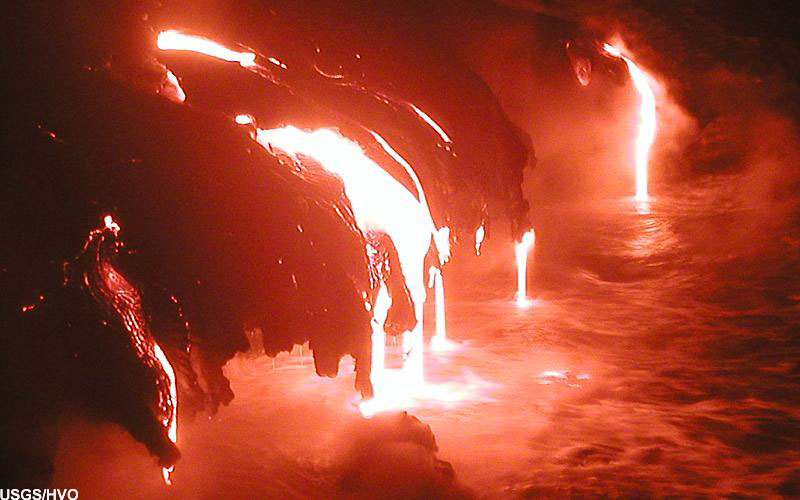
Volcanos are destructive, but they also build mountains and islands. Hawaii’s Kilauea volcano runs down the slopes to the sea. Here lava pours into ocean off the front of what scientists call the Highcastle Stairs bench. Each spigot, as they are called, is mouth of small lava tube within the bench.
Inside the Chamber
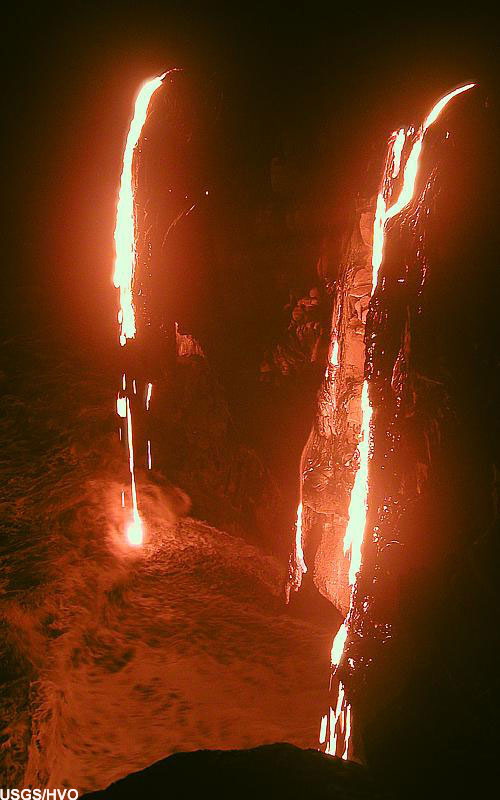
Lava falls in two streams off a sea cliff called Highcastle, an end point for lava flowing from Hawaii’s Kilauea volcano. The cliff is about three stories high.
Big Splash

Steam explosions (also called littoral explosions, because they occur at the shoreline, or littoral zone) result when lava meets the sea. In the photograph above, the explosion sprays fragments of lava into the air. The smaller pieces are carried by currents and deposited in bays to form black sand beaches.
Eruption!
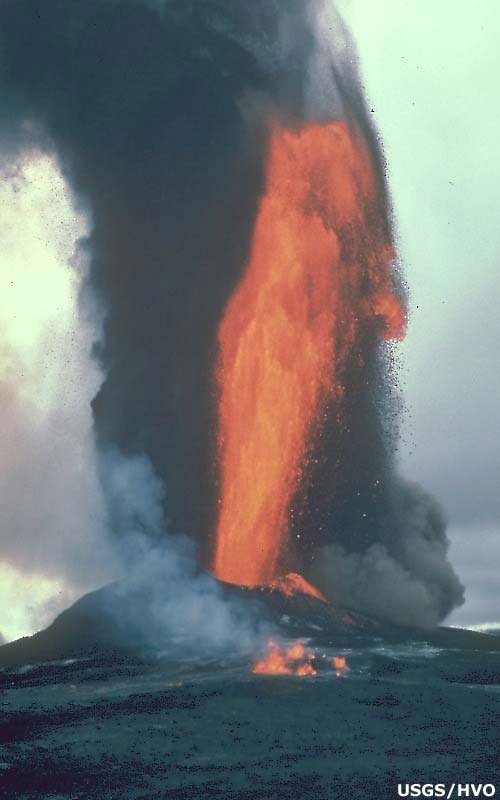
Lava bursts 450 meters high in September 1984. Hawaii's Kilauea volcano, on the Big Island, has had dozens of eruptions over the past 18 years during a streak of activity.
Sign up for the Live Science daily newsletter now
Get the world’s most fascinating discoveries delivered straight to your inbox.
Commotion in the Ocean

Lava from the banana flow of the Kilauea volcano in Hawaii Volcanoes National Park pours into the Pacific Ocean. The banana flow was named for a forested area near the top of the volcano where there were some banana trees. The lava has created more than 500 acres of new land along the coastline.
Up in Flames!

In this dramatic photo, a house is torched by a lava flow in Kalapana, Hawaii. Lava flows are masses of molten rock that pour onto the Earth's surface during an effusive eruption.
Volcano oozes lava into the ocean
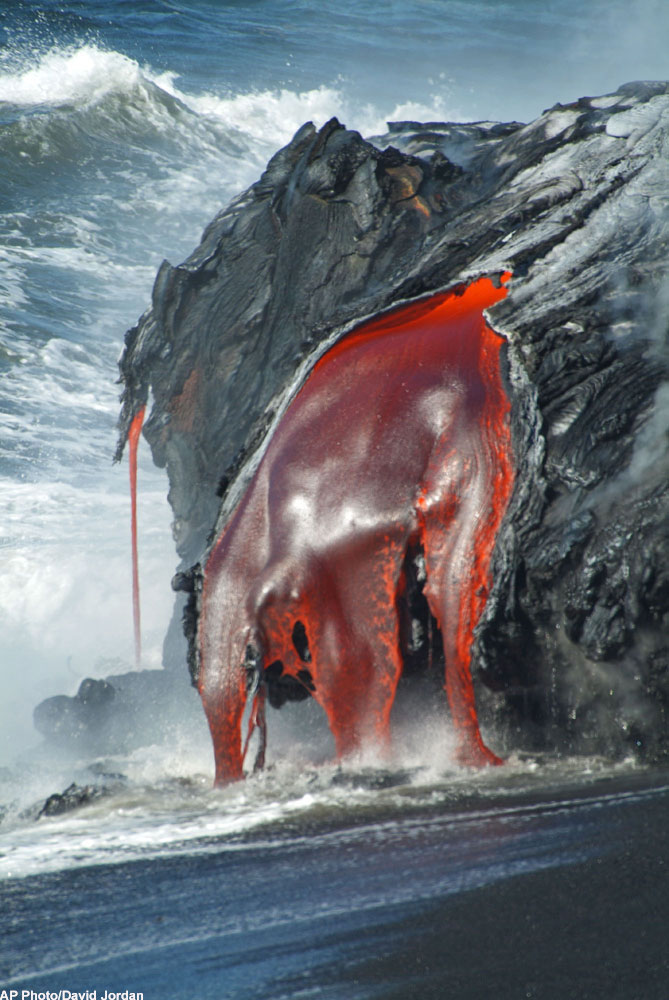
Lava from the Kilauea volcano in Hawaii Volcanoes National Park pours into the Pacific Ocean. The lava is entering the Pacific from several points along the Wilipe'a delta.
On the Move

Shown above are several toes in various states of formation along edge of inflating flow 440 m seaward of Paliuli. Spreading toe is along the same margin. Width of view is about 1.5 m.
